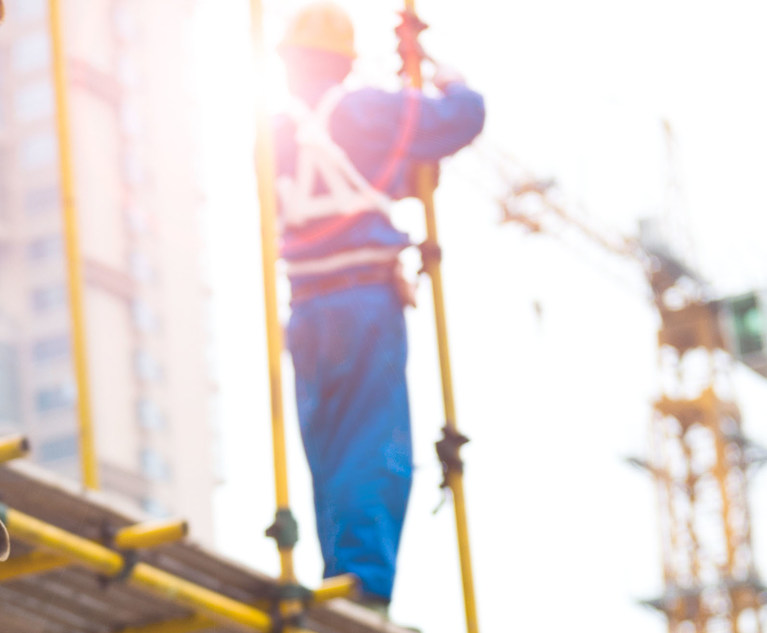NY Labor Law §240(1), commonly referred to as the Scaffold Law, was established to protect workers in the performance of elevation-related jobs. This statute contains two separate criteria—the first delineates the specific nature of the work to be performed and the second the type of protection required by the contractor, and his or her agents, to the worker(s) when the work is, in fact, being performed. For a worker to successfully prosecute a case under this statute it is necessary that both elements be proven. If it cannot be shown that the task carried out by the worker was covered by the statute, the Scaffold Law is inapplicable. If, however, the task is among the enumerated items set forth therein, the plaintiff must then prove that the failure of the contractor to provide adequate protection during the time the work was performed was the proximate cause of the accident and resulting injury. Generally, at the outset of their case, plaintiffs move for summary judgment on the issue of liability, which, if successful, leaves the amount of damages as the only issue to be resolved.
Labor Law §240(1) reads in relevant part: “All contractors and owners and their agents … [1] in the erection, demolition, repairing, altering, painting, cleaning or pointing of a building or structure [2] shall furnish or erect, or cause to be furnished or erected for the purpose of such labor, scaffolding, hoists, stays, ladders, slings, hangers, blocks, pulleys, braces, irons, ropes, and other devices which shall be so constructed, placed and operated as to give proper protection to a person so employed.” (Emphasis added. Bracketed numbers added by author.)


 Credit: xy/Adobe Stock
Credit: xy/Adobe Stock




